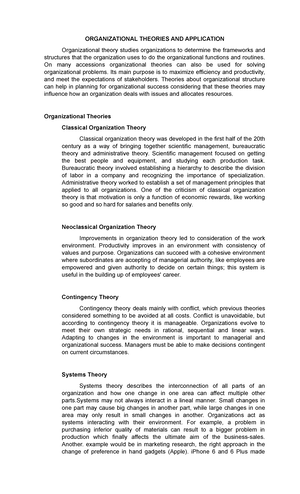- Information
- AI Chat
Was this document helpful?
Cost of production
Course: Business Administration
999+ Documents
Students shared 3807 documents in this course
University: Pangasinan State University
Was this document helpful?

Understanding Production Costs
For an expense to qualify as a production cost it must be directly connected to
generating revenue for the company. Manufacturers carry production costs
related to the raw materials and labor needed to create the product. Service
industries carry production costs related to the labor required to implement the
service and any materials costs involved in delivering the service.
Production incurs both direct costs and indirect costs. Direct costs for
manufacturing an automobile, for example, would be materials like plastic and
metal, as well as workers' salaries. Indirect costs would include overhead such
as rent, administrative salaries, and utility expenses.
Total product costs can be determined by adding together the total direct
materials and labor costs as well as the total manufacturing overhead costs. To
determine the product cost per unit of product, divide this sum by the number of
units manufactured in the period covered by those costs.
Cost of production refers to the total cost incurred by a business to produce a specific
quantity of a product or offer a service. Production costs may include things such as
labor, raw materials, or consumable supplies. Costs of production relate to the different
expenses that a firm faces in producing a good or service.
If the cost of producing a product exceeds the sale price, producers might first try
to lower their production costs. If they could not, then producers might shut down
operations, temporarily or permanently. For example, in late December 2018, the
selling price of a barrel of oil fell to 45 per barrel.1 If production costs of oil varied
between 20 and 50 per barrel, then a cash negative situation would occur for
producers with steep production costs. Those producers could choose to stop
production until sale prices return to profitable levels.
Production Costs and Asset Recording
Once a product is finished, the company records the product's value as an asset
in its financial statements until the product is sold. Recording a finished product
as an asset serves to fulfill the company's reporting requirements, as well as
inform shareholders.






